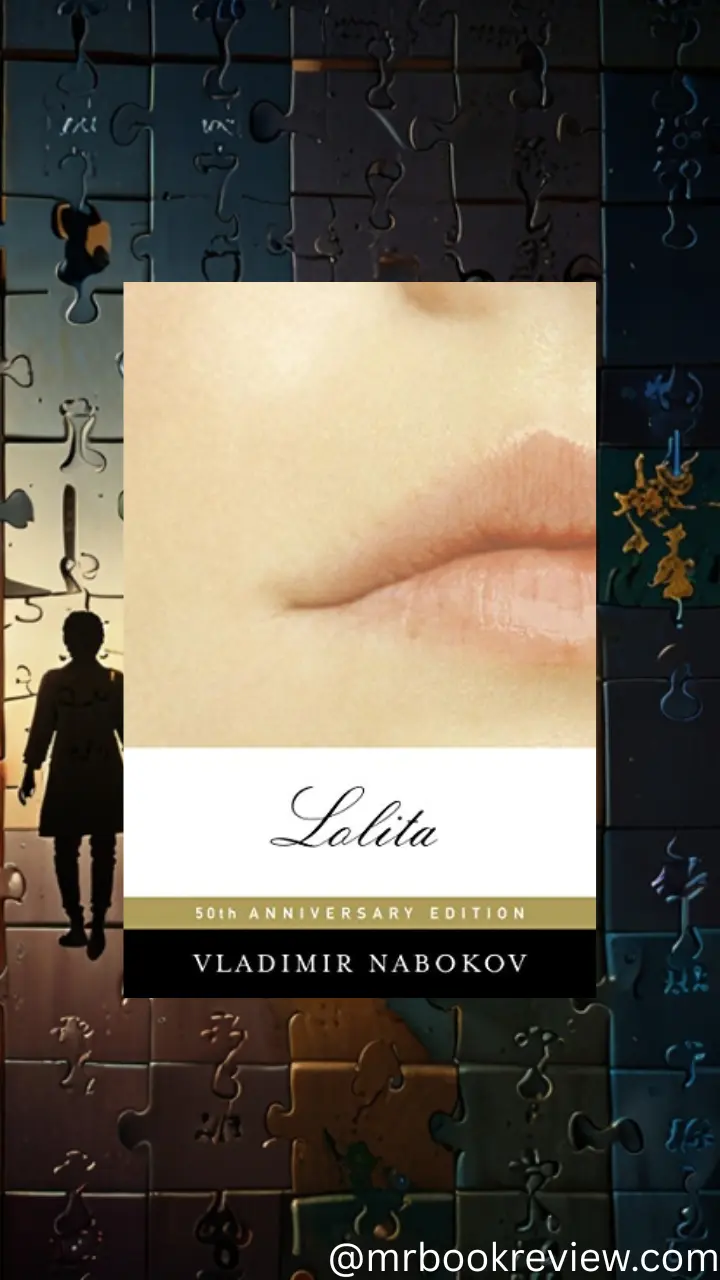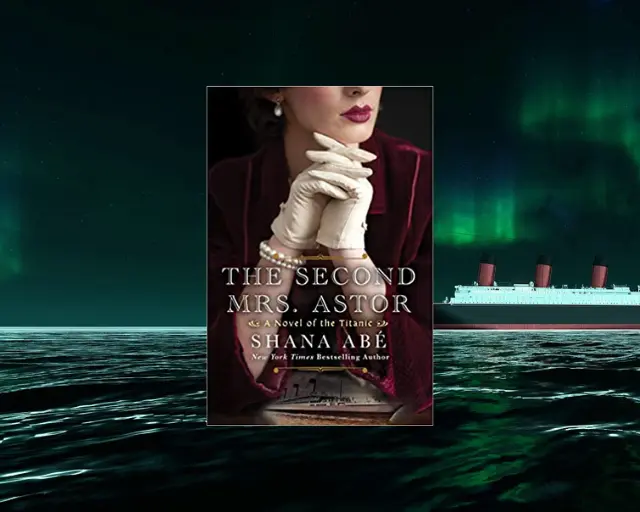Published in 1955, Lolita by Vladimir Nabokov is provocative, and deeply unsettling, it has both sides i.e, it has enraged readers as well as keep them hooked for nearly seven decades. And somehow, it still feels as controversial as ever.
In this post, we will revisit the memory and try to unlock the emotions of this book. Before moving ahead if you like to get Free Book deals & release updates, you can Follow us by clicking on the bell icon or join us on Telegram.

“Human life is but a series of footnotes to a vast obscure unfinished masterpiece”
Can a novel be gorgeously written and morally repulsive at the same time? Can you admire a book’s writing while feeling deeply disturbed by it? It’s Lolita—Vladimir Nabokov’s most infamous book.
A Story You’ll never forget—whether you want to or not
Told solely from the side of Humbert Humbert, the book introduces us to a European intellectual with a crazy and disgusting obsession. When Humbert encounters 12-year-old Dolores Haze—, “Lolita”—he becomes fixated.
He marries her mother to get closer to her, lies to everyone (including himself), and uses flowery language to justify what is, without question, abuse.
Why Is Lolita Still So Divisive?
Because it asks us to hold two uncomfortable truths at once: that a novel can be a literary masterpiece and morally disturbing. That we can be impressed by language while being repelled by the content. Nabokov was a master of this contradiction—and he knew exactly what he was trynna create.
Some readers are dazzled. Others are disgusted. Many are both. And that’s what keeps Lolita at the heart of literary conversations, decades after it first scandalized the world.
Should a book like this even exist? Should we read it? Nabokov doesn’t give us answers. He just hands us the mirror.
Here’s the irony: Lolita has been widely misunderstood & misquoted. The very word “Lolita” has become symbol for something Nabokov never intended. The result? A cultural legacy that’s as problematic as it is prevalent.
Also Read: The Briar Club by Kate Quinn
From fashion to film and to pop scene, Lolita’s influence is at most of the places—but often in ways that erase its central message ( from a neutral perspective ): the silencing of a young girl. Dolores isn’t just a normal girl—she’s a victim.
Nabokov didn’t write this to glorify Humbert. He wrote it to expose him. And us. The only thing that is missing is hearing from the side of the girl. She’s the person we hear from the least.
We read the book & we question it, get angry at it. We marvel at the language. We stay up at night thinking about it. We argue about it in book clubs and Reddit threads. But we don’t look away.
The main controversy around the book is regarding the reader empathizing with a criminal, which make them see him as flawed human rather than a horrible manipulator. Also, the concept romance is critically challenged.
Lolita doesn’t let us off the hook. It forces us to face the gap between art and ethics, beauty and brutality, charm and manipulation. It’s not a comfortable read, but it’s a necessary one—for those willing to dive into the depths of human desire, denial, and storytelling.
It’s a book that sparks debate and intense uneasiness—and yet, it’s almost impossible to forget. You can see it as a literary classic or a disturbing novel about obsession (or both), one thing’s for sure: Lolita will find a way in conversation.
Because when a novel makes you feel this much—conflicted, fascinated, horrified—it doesn’t fade away. It haunts.
“And the rest is rust and stardust.”
Trigger Warnings:
Manipulation, S*xual ab*se, Gr**ming
Book: Lolita
Author: Vladimir Nabokov
Publisher: Olympia Press (1955)
Pages: 336
Genre: Psychological Fiction
So, you can give it a go, if you want a complete serious read.
Also Read: Wild Dark Shore by Charlotte McConaghy


